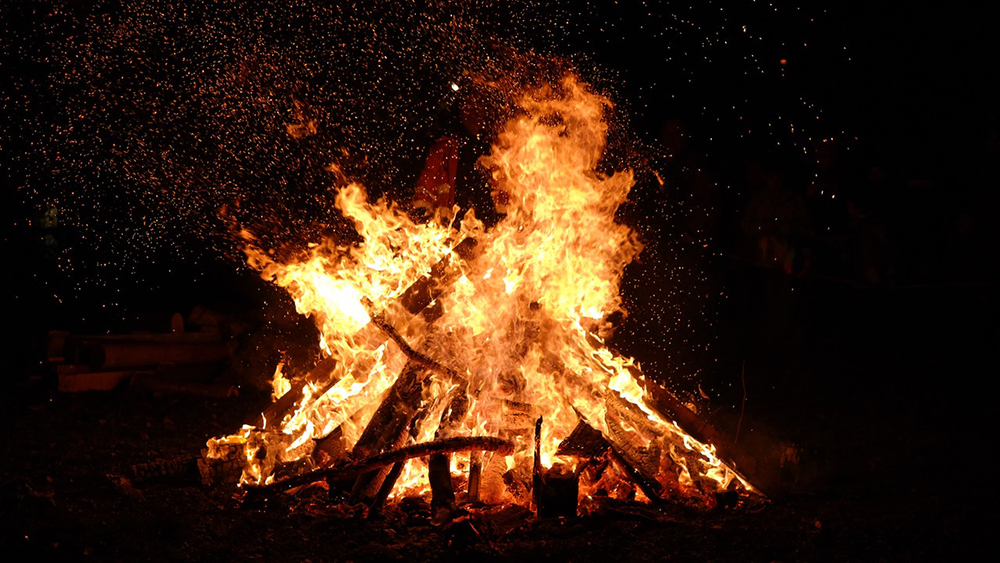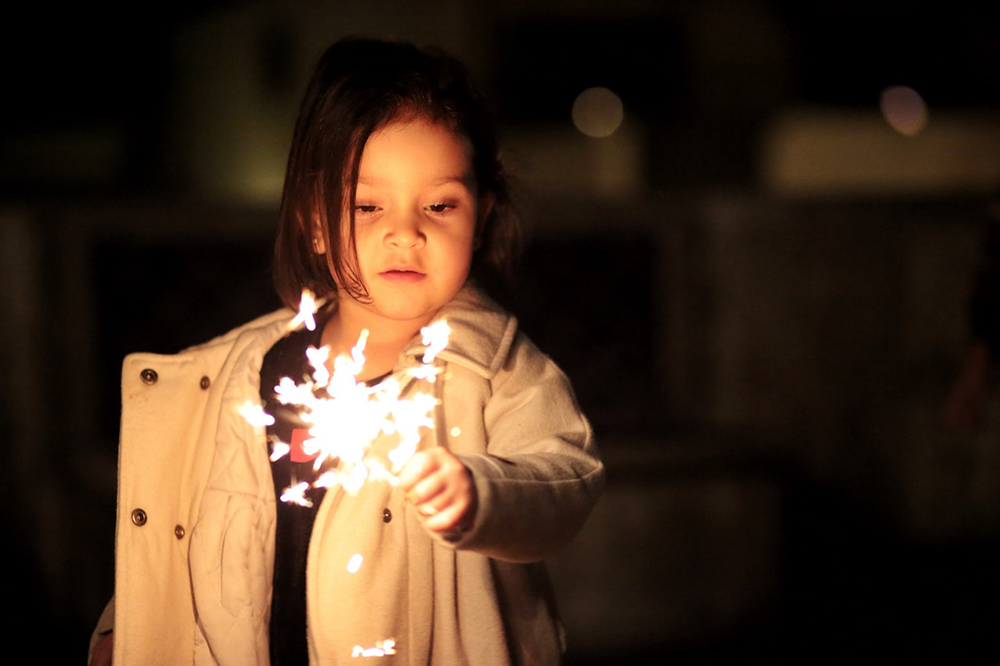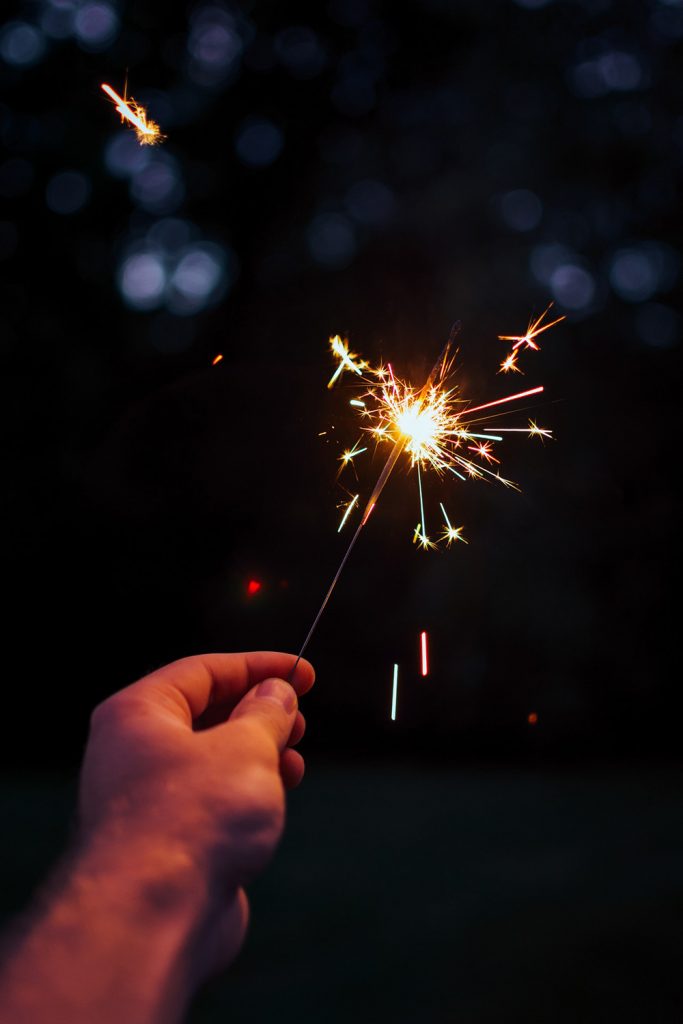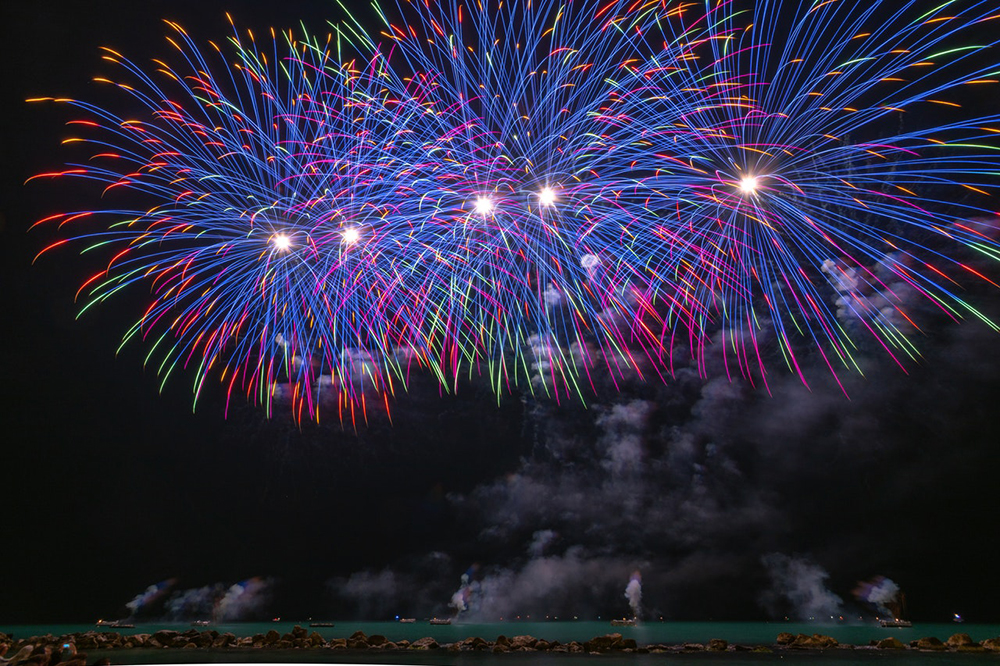Everyone knows the origins of Bonfire Night. But just how did a plot to kill the King over 400 years ago turn into the annual fireworks fiesta we know today?
It’s a familiar story. On 5 November 1605, Guy Fawkes was arrested when he was caught guarding 36 barrels of gunpowder beneath Parliament. The plot to murder King James I, other members of the royal family, members of parliament, lords and bishops had been thwarted.
Fawkes was just one of several conspirators, but he had the key role of preparing and guarding the gunpowder. To make matters worse for Guy, he was also the chap responsible for lighting the gunpowder when Parliament was open. Fawkes was tortured in the Tower of London, and his companions killed in a shoot-out with the authorities or arrested.
People immediately lit bonfires across London to celebrate the King’s survival, at the King’s command. The following January, just before the plotters were executed, 5 November was legally declared an annual day of thanksgiving. It was known as Gunpowder Treason Day rather than having a specific reference to Guy Fawkes, and it remained an official day of celebration until 1859. As we shall see, by then the day had a new name and had evolved somewhat.
A dark history
As children, we were taught that the story was simple. We celebrate the fact that the authorities foiled a terrorist plot. But it’s not that straightforward. There’s a dark side to the way that 5 November was celebrated for centuries.
The gunpowder plotters were Catholics. The plot was a protest against years of persecution and discrimination that had started in the reign of Elizabeth I. The plot backfired, as 5 November became the focus for even more anti-Catholic sentiment. When people celebrated the failure of the gunpowder plot, they were often expressing fierce anti-Catholic feelings. This even went as far as burning effigies of the Pope.
The anti-Catholic nature of the day continued for centuries. There are reports of effigies of the Pope and of Catholic bishops being burnt in the streets right until the 1850s.
Penny for the guy?
It isn’t until the late 1700s that we find reports of children begging for money while taking an effigy of Guy Fawkes around their neighbourhood. It was also around this time that the day became known as Guy Fawkes Day.
The word ‘guy’ as used today actually derives from these effigies, originally meaning an oddly dressed and scruffy man. It later changed to mean any male person. Now, more often than not, it has a unisex meaning: ‘How are you guys doing?’ means men and women alike.
A feature of the day that emerged during the 1800s was its popularity among the ‘lower classes’. They seemed almost to have adopted it as their own. For decades, Guy Fawkes Day saw rioting and rebellion across the country.

It was a day for settling old scores, often with fire and fireworks in the streets adding to the mayhem. The day was also used to protest, including against rising food prices in Exeter in 1867. The original meaning of the day was probably irrelevant to most of those involved.
It was in the late 19th and early 20th century that organised fireworks displays began, and the name Firework Night first appeared. In fact, that was a clever marketing ploy by fireworks manufacturers to further promote the idea of pyrotechnics on 5 November.
A tradition under threat
Bonfire Night as we now know it was perhaps at its peak in the 1970s and early 1980s. A 1981 survey in Sheffield found that 23% of children made guys as a way to collect money, and for the pleasure of seeing them burn atop a bonfire.
My own childhood memories from this time are of a public bonfire and fireworks display in a field alongside the B1040 on the outskirts of Whittlesey. Like many others who enjoyed displays then, my memories are of a community coming together, with chilly autumn evenings warmed up by huge bonfires, hot dogs, jacket potatoes and tomato soup.

Disaster struck as a six-year-old, when I lost control of a sparkler and suffered a life-threatening burn to my chin. Thankfully, a St John’s Ambulance crew was on hand to administer a little Savlon and, after a cuddle from mum, all was well again.
Over the past 20 years it seems the tradition of ‘a penny for the guy’ has dwindled to almost nothing. Part of this is perhaps that trick or treating on Halloween a few days before Bonfire Night has grown in popularity.
Bonfire Night in 2020
Bonfire Night itself is, of course, set to be very different in 2020. Displays have been cancelled across the country, with millions of pounds lost to the many charities who benefit from these events. All is not lost, however. Locally and elsewhere, drive-in displays are going ahead. In Peterborough, it’s at the East of England Showground on Saturday 7 November, with tickets sold out.
Well-organised public displays are much safer than back garden fireworks. Even so, DIY displays at home will probably be at an all-time high this year, as people look for some fire, fizz and bang to bring some fun in difficult times.

Please take great care if you are having your own fireworks display at home. At a time when hospitals are feeling the strain of Covid admissions again, the last thing you want is to end up being admitted for a fireworks-related injury.
As for me, I’ll be at home, making sure my dog isn’t too bothered by all the noise. I do miss being able to go to a local display though, so I’ll cook up some hot dogs, jacket potatoes and tomato soup to get a little taste of what I’m missing. I may even sit in my garden for a bit and light up a sprinkler or two. Thankfully, this year I’ll be wearing a mask to prevent any nasty chin burn injuries.
WORDS Richard Groom





